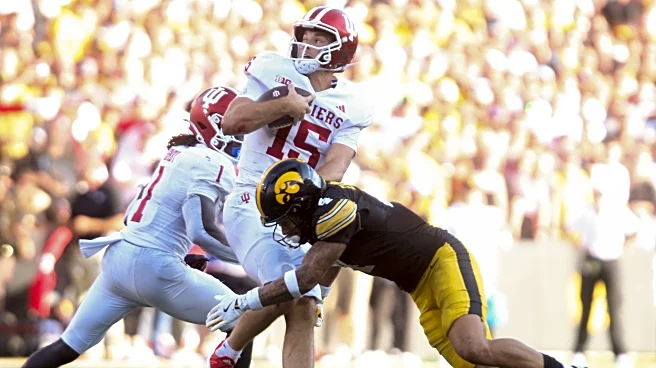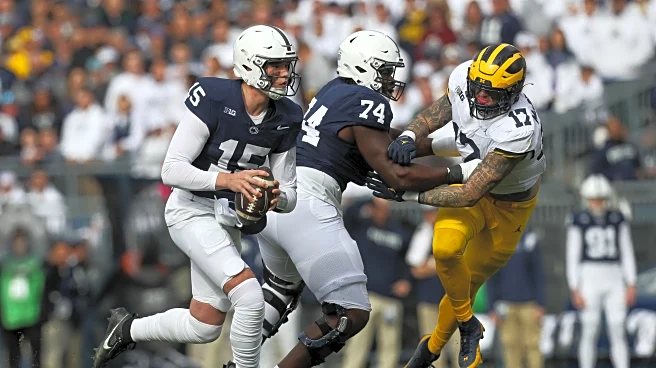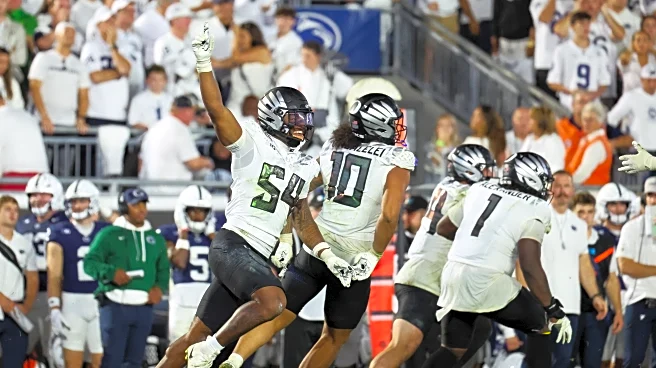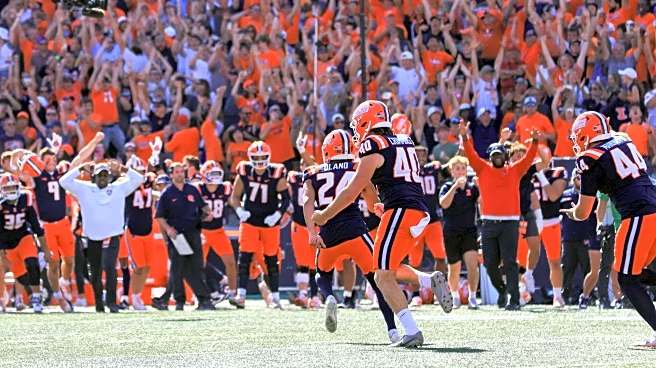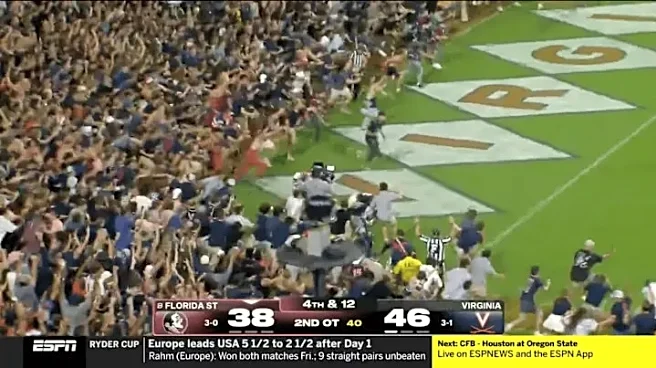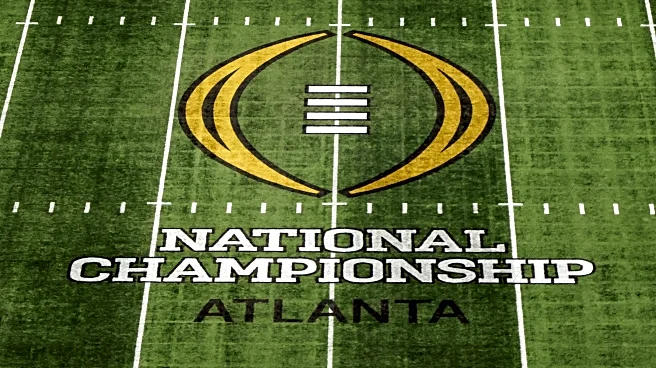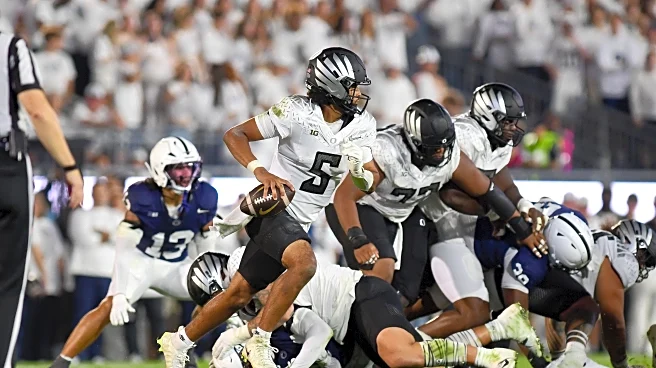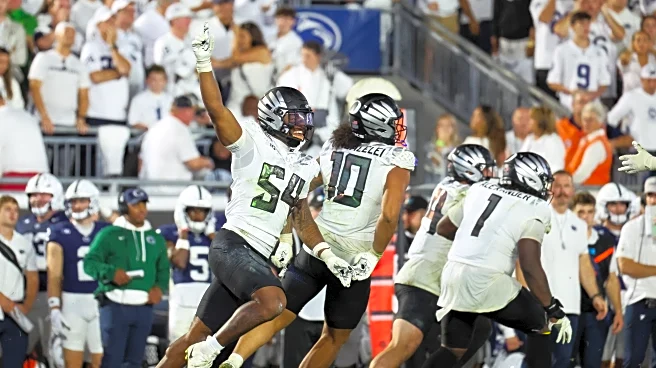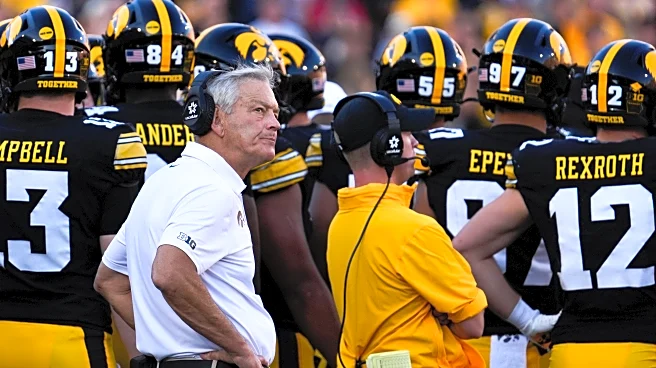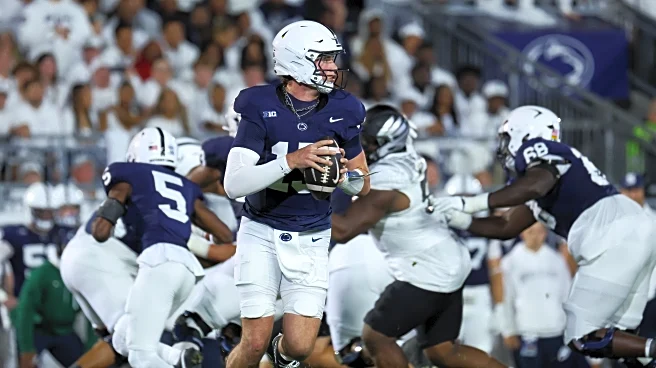Maryland football has displayed consistency across the scorecard during head coach Michael Locksley’s tenure.
The Terps have 18 consecutive wins against nonconference opponents dating back to 2019, the
longest streak at the FBS level. They have held their opponents to under 30 points in each of those wins — the longest such streak in the Big Ten over the last 45 years.
And it’s hard to forget Maryland’s three-straight bowl game wins from 2021-2023, the first time the program had ever done so.
But a month into the season, the Terps now approach another, less impressive streak. Maryland is 0-9 coming off a week of rest under Locksley. It has lost 11 straight post-bye week games, nearly three times that of the next-closest team in the conference.
The inability to win with a week of preparation has been a unique blemish on Locksley’s tenure. But at the same time, Maryland has been consistent in its shortcomings.
Under Locksley, the Terps have lost to Penn State, Nebraska, Indiana, Minnesota, Wisconsin, Indiana again, Rutgers, Northwestern twice and Oregon, all by a combined average of just over 23 points.
Maryland has lost by a single score twice: against Rutgers in 2020, when Joseph Petrino missed a game-tying field goal attempt in overtime, and against Northwestern in 2023, when Taulia Tagovailoa threw an interception with 90 seconds left to spoil a potential game-winning drive.
At his Tuesday press conference, Locksley partially attributed the team’s struggles under his direction to facing good opponents. On some occasions, such as last season’s 39-18 shellacking on a visit to then-national No. 1 Oregon, that has been the case.
But the Terps haven’t always had to punch above their weight. Following their first bye of 2024, the Terps lost their home Friday night game against Northwestern by an even larger margin, 37-10. Northwestern finished 4-8 last year, the same as the Terps, and their only other conference win came in overtime against 1-11 Purdue.
“I have a tendency during bye weeks to be really, really physical, because that’s what I grew up in under the Nick Saban approach,” Locksley said. “I grew up in a era where the bye week is used kind of like a prize fighter. You know, in between rounds, he sits on the stool, his eyes are looking across at his opponent … But we did things a little bit differently [this year].”
Maryland’s practices were not absent of physicality, Locksley said. But there was additional focus on helping injured players recover and spending time on specific areas that needed improvement.
The difference in work was evident for junior defensive lineman Dillan Fontus, who experienced his fourth bye week with Maryland.
“Definitely, a different mental aspect was added this year,” Fontus said. “[We were given] a little card with a prescription for exactly what you need to work on and get better on, and how you can improve and elevate … down to the T of your game and what’s going to get us to a victory.”
Washington stayed competitive with reigning national champions Ohio State last week and should pose a challenge; winning a game after the bye for the first time under Locksley is far from a given. But the Terps are ready for another round — that new approach could help them accomplish the feat for the first time since Derrick Henry was the reigning Heisman winner and the iPhone 7 was brand-new.
“As we talked about, it’s a lot like that prize fighter,” Locksley said. “We get the recovery, we get the instruction, we get better in between rounds and we keep our eye on the prize.”
Maryland’s ceiling has risen rapidly in light of its recent successes. With a bigger prize than ever at stake, it is crucial that the Terps come out swinging against the Huskies and do their best to break that streak.

